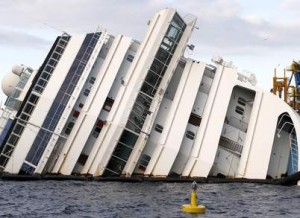206.624.8844
Recent drilling rig blowout inspires safety concerns
Late last month, a drilling rig stationed off the Gulf of Mexico experienced a significant blowout. A cloud of gas surrounding the rig ignited and subsequently burned out of control in the wake of the blowout. After the rig experienced the blowout, all 44 workers stationed on the rig were evacuated in order to prevent further explosion injuries. The blowout and subsequent fire have many maritime safety experts and legislators questioning whether the offshore safety culture has changed significantly enough since the 2010 Deepwater Horizon explosion and oil spill disaster.
After the natural gas well being drilled offshore blew out, workers scrambled to shut the well down through the utilization of a blowout preventer. However, the workers were forced to evacuate before they could completely shut down the well. What caused the resulting cloud of gas to ignite was undetermined in the immediate wake of the significant safety incident.
This incident is especially disturbing given that blowout preventer malfunctions inspired the oil spill in the Gulf in the wake of the Deepwater Horizon explosion. Though legislators and safety regulators mandated changes to this equipment and safety practices related to blowout prevention practices on offshore rigs, the latest blowout in the Gulf suggests that these experts did not go far enough in their attempts to protect workers from future dangerous explosions and spills.
 Seattle Maritime Injury Lawyer Blog
Seattle Maritime Injury Lawyer Blog











